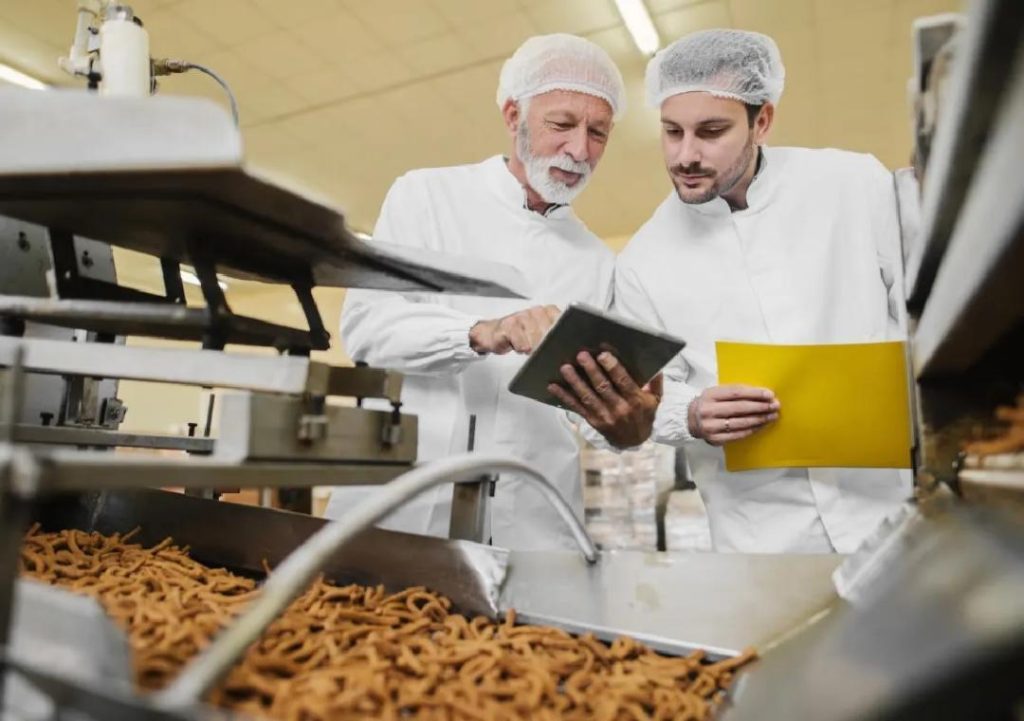
Can P&L Optimisation Redefine Success in Food Technology?
The food technology industry is known for its fast-paced and dynamic nature, with constant changes in consumer preferences, market trends, and regulatory requirements. Amidst this complexity, food tech companies are under pressure to maintain profitability while staying competitive. One effective way to achieve this is by optimising profit and loss (P&L) operations.
In the past, manual P&L management was the norm, relying on spreadsheets and human analysis to track costs and revenues. However, this approach was often inaccurate, time-consuming, and prone to errors. The advent of automation, smart inventory systems, and data analytics has revolutionised P&L operations in food technology, enabling companies to streamline their financial management and make data-driven decisions.
The Benefits of P&L Optimisation
P&L optimisation offers numerous benefits to food tech companies, including:
- Reduced Waste: Automation and data analytics enable companies to track inventory levels, monitor usage, and identify potential waste. By streamlining production and inventory management, businesses can reduce waste, lower costs, and improve profitability.
- Sharpened Demand Forecasting: Advanced analytics and machine learning algorithms can help companies precisely forecast demand, ensuring they produce the right quantities of products and reduce excess inventory.
- Better Decision-Making: With accurate and timely financial data, businesses can make informed decisions about production, pricing, and inventory management, leading to improved profitability and competitiveness.
- Scalable Models: By adopting scalable P&L models, companies can quickly adapt to changes in the market, expand their operations, and ensure sustainable growth.
Best Practices for P&L Optimisation
To achieve P&L optimisation, food tech companies should follow these best practices:
- Integrate Automation: Implement automated systems for data collection, tracking, and analysis to streamline P&L operations.
- Invest in Data Analytics: Leverage advanced analytics and machine learning algorithms to gain insights into production, inventory, and financial data.
- Monitor and Analyse: Regularly monitor and analyse financial data to identify areas of improvement and make data-driven decisions.
- Scale Efficiently: Develop scalable models that can adapt to changes in the market and support sustainable growth.
- Collaborate with Suppliers: Foster strong relationships with suppliers to ensure timely delivery of raw materials and reduce waste.
Success Stories in Food Technology
Several food tech companies have successfully implemented P&L optimisation strategies, resulting in improved profitability and competitiveness. For example:
- Foodora: By implementing an automated P&L system, Foodora reduced its financial reporting time by 75% and improved its forecasting accuracy by 90%.
- HelloFresh: The meal-kit delivery company used data analytics to optimise its production planning, reducing waste and improving profitability by 15%.
- Zume: The plant-based food manufacturer leveraged automation and data analytics to streamline its P&L operations, reducing costs by 20% and improving its supply chain efficiency.
Conclusion
In conclusion, P&L optimisation is a critical component of success in the food technology industry. By streamlining P&L operations with automation, smart inventory systems, and data analytics, companies can reduce waste, sharpen demand forecasting, and support better decision-making. By adopting scalable models, businesses can boost margins, ensure sustainable growth, and stay competitive in the industry. As the food technology landscape continues to evolve, companies that prioritize P&L optimisation will be best positioned for success.
Source:
Growth Jockey. (n.d.). P&L Operations in Food Tech. Retrieved from https://www.growthjockey.com/blogs/p-and-l-operations-in-food-tech






